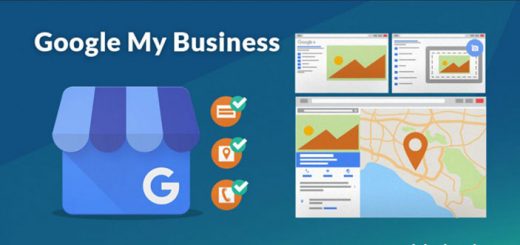How To Grow An Online Clothing Brand
If you’ve embarked on the mission to start an online clothing line, then the next step is to discover clever ways to grow your online clothing brand!
1. Keep your clothing brand relevant
It’s one thing to launch an online clothing business; it’s another to stay relevant season after season. Luckily for online sellers, print-on-demand and dropship capabilities evolve as fast as fashion to deliver innovative ways to wear and experience a clothing line.
Launch curated collections & master season-planning
Wanting to go all-in can be tempting, but try to narrow your collection to a few pieces. Focus your retail strategy on launching smaller collections frequently. Keep customers eager for more and give them a reason to come back to buy from you over and over again.
Design limited edition products & holiday specials
Stay relevant! Launch limited edition clothing here and there. Add seasonal specials and create collections featuring holiday-inspired designs. Play with color pallets and details. You won’t have to go out of your way to keep customers engaged.
Build anticipation before collection releases
They say curiosity killed the cat! But, a small dose of mystery can create great expectations and hype for your collection release. So, share a sneak peek here and there on your social media profiles and set a date and time. Hint: a count-down timer always delivers!
2. How to promote a clothing brand with paid advertising
If you want to promote a clothing brand is very likely you’ll need to allocate resources from your marketing budget to paid campaigns. You will drive sales much faster. It’s all about targeting the right people. Your return on investment (ROI) will be definitely worth it, and it will position your brand in the eyes and brains of your customers.
Conversion & traffic campaigns
Paid social media campaigns have tremendous reach compared to ordinary advertising. For example, did you know 84% of people use Instagram to discover new products? Yes! And that new product can be yours!
Retargeting campaigns
Identify where your website’s traffic is coming from to evaluate which channels drive higher sales and conversions. Next, install social media tracking pixels on your organic and paid campaigns, so you can determine what’s working and what’s not.
Then, run retargeting campaigns to boost your conversions! It’s the final push potential customers need to turn into paying customers. Consider targeting customers that abandoned their shopping cart or that already browsed through your e-commerce. Don’t let them get away!
Influencer marketing
Social media platforms like TikTok and YouTube are especially great for working with influencers. Get more people to discover your product through influencer marketing. You can start by researching relevant hashtags to find influencers within your niche and budget.
Track the volume of driven sales by your influencer of choice by giving influencers discount codes to share with their audience and offer a discount.
3. How to scale a clothing brand
The key to scaling your clothing business fast is to have a pivotal business growth plan that’s set but flexible enough for you to test and correct along the way. Set your brand on the fast track to evolve into what the brand it’s destined to be!
Invest in a marketing budget
Allocate resources to support your digital marketing strategy and build your online presence across different channels. You can’t imagine how many companies halt their growth just for not locking resources for their marketing efforts.
Set up upsells, offer coupons & promotions
Don’t shy away from offering discounts and promotions to incoming customers and long-time ones. For example, by providing coupons and upsells, you can invite the customer to add more items to their cart, increasing your average order volume, and ultimately resulting in higher sales.
Test different AliExpress dropship suppliers
Take the time to research a variety of higher-quality AliExpress suppliers and consider other options. Even if you haven’t experienced delays or low-quality issues, it’s always best to have a backup list with reliable suppliers.
Source: ChipChip’s Blog








